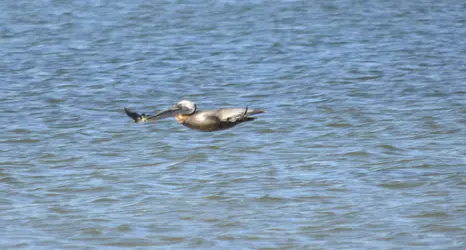shelby16
No longer a newbie, moving up!
- Joined
- Mar 6, 2013
- Messages
- 415
- Reaction score
- 45
- Location
- USA
- Can others edit my Photos
- Photos OK to edit
I'm having a hard time lately!
I mainly take nature shots, so this consists of a lot of moving birds, ect. I see SO many of you guys have really sharp photos, and I don't know what I'm doing wrong!
I try different modes like metering, spot, ect... it doesn't matter. I up my ISO... doesn't matter. It's not about how "fast" I'm shooting, which is fast, it's still blurry. I can't zoom in and see much detail at all!
The only really sharp photos are of the animals that AREN'T moving. What am I doing wrong?
Oh, and I also use Aperture Priority mode, if that helps. With a Nikon D5100 55-300mm lens.
Thank you so much!! Here is an example:

I'm SICK OF MISSING ALL THESE AMAZING SHOTS!!! haha.
HELP!
Shelby
I mainly take nature shots, so this consists of a lot of moving birds, ect. I see SO many of you guys have really sharp photos, and I don't know what I'm doing wrong!
I try different modes like metering, spot, ect... it doesn't matter. I up my ISO... doesn't matter. It's not about how "fast" I'm shooting, which is fast, it's still blurry. I can't zoom in and see much detail at all!
The only really sharp photos are of the animals that AREN'T moving. What am I doing wrong?
Oh, and I also use Aperture Priority mode, if that helps. With a Nikon D5100 55-300mm lens.
Thank you so much!! Here is an example:

I'm SICK OF MISSING ALL THESE AMAZING SHOTS!!! haha.
HELP!
Shelby



![[No title]](/data/xfmg/thumbnail/32/32176-48b4ba2fc0e35afa267c5882154e7620.jpg?1734161047)
![[No title]](/data/xfmg/thumbnail/32/32177-3a3d923fa1584c6ef7d6602aaa24fbc6.jpg?1734161047)





![[No title]](/data/xfmg/thumbnail/32/32179-99b00fe3df8a5ed7303ced76980128fd.jpg?1734161047)

